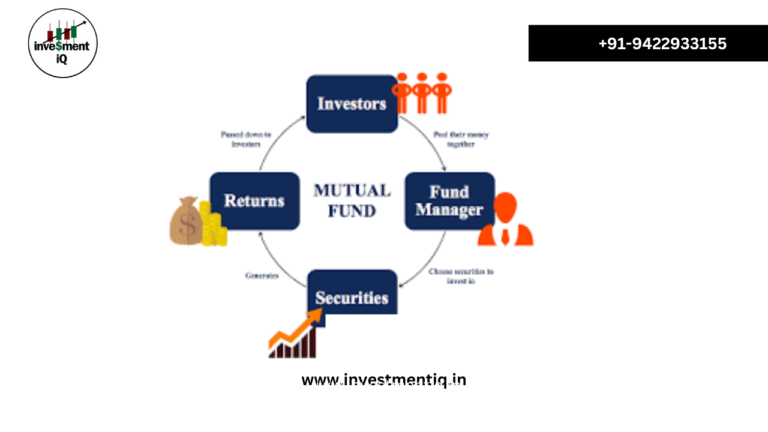Technical analysis in stocks TA 101 – Part 5
Many traders find candlestick charts to be more aesthetically pleasing and simpler to understand than typical OHLC bar charts. Every candlestick offers a clear and understandable depiction of price movement. The relationship between the high and low prices, as well as the opening and closing prices, can be rapidly understood by an analyst.
Technical analysis in stocks TA 101 – Part 5 Candlestick Charts
The graphic above shows how candlesticks are constructed.
Buying pressure is indicated by candlesticks with hollow bodies, while selling pressure is indicated by those with filled bodies. When the market moves strongly in one direction during the day and then turns around before the end of the day, long upper or lower shadows are created. Long upper shadows can therefore suggest a negative market, whereas long lower shadows can suggest a bullish one.
Candlestick Colors
When the ‘Color Prices’ option is selected on the Chart Attributes workbench, the Candlestick’s outline and body will be colored black or red, depending on the candlestick’s opening and closing prices and the previous day’s closing price.
If the closing price is higher than the opening price, the body will be displayed hollow. If the closing price is lower than the opening price, the body will be filled red with the following exception; if the closing price is higher than the previous day’s closing price, the body will then be filled black.
Depending on the difference between the closing price and the closing price of the previous day, the candlestick’s shadows and body outline are colored black or red. If the closing price is higher than the previous day’s, the candlestick’s shadows and body outline will be colored black. The candlestick’s shadows and body outline will, however, be red if the closing price is lower than the previous day’s price.
Market psychology is reflected in each of these candlestick formations in the following ways.
Up Day, Higher Close:
Typically results from expectations of higher prices (greed) out weighing expectations of lower prices (fear). The length of the candlestick body shown indicates especially strong buying.
Down Day, Lower Close:
Expectations of lower prices (fear) are stronger than those of higher prices (greed). As with the first candlestick, a longer candlestick body infers greater urgency of investors to sell their shares.
Down Day, Higher Close:
This is an uncommon candlestick that finishes lower for the day after opening with a price gap higher than the closing price of the day before. A gap is characterized as a range of prices in which no trading occurs and is caused by a notable shift in supply (gap down) or demand (gap up) prior to the start of trade for the day. In this instance, strong buying at the start of the day was reversed, but the market closed higher than it had the day before. When it happens well into an upward price trend, it is a bearish sign.
Up Day, Lower Close:
Another uncommon candlestick, this one closes for the day after starting the day with a price gap lower than the closing price of the day before. Since buyers push the price upward at closing and the day’s initial heavy selling wears off, this price action might be viewed as optimistic during a downward price trend.
The candlestick format is shown in the SharpChart AAPL above. Candlestick charting makes it easy to identify the up and down days. Candlesticks frequently create identifiable patterns that indicate shifts in the buyer-seller balance. We’ll talk about these candlestick patterns in a future post.
Below, you can see how the three types of charts compare visually:
In part 6, we’ll get into chart scaling, volume, and Candle Volume charts.
you may be interested in this blog here:




